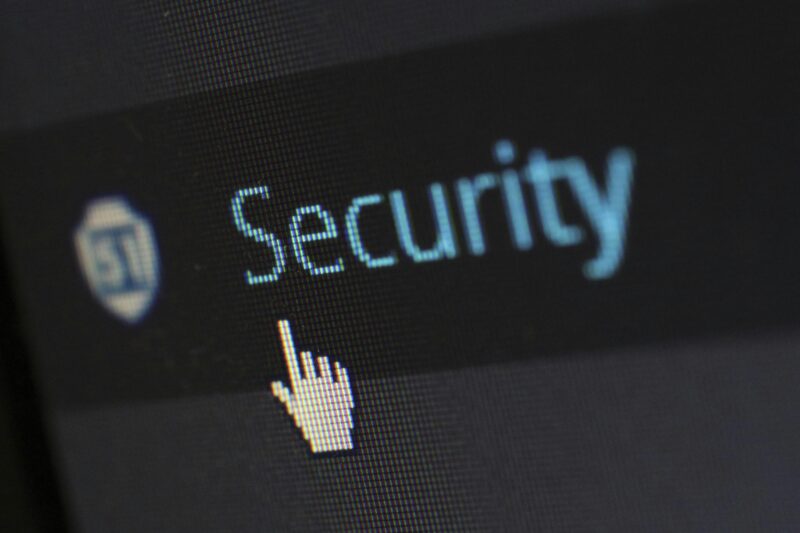In the age of open-plan offices, hybrid schedules, and digital footprints, modern workplaces face a delicate challenge: how do you keep a building secure without turning it into a surveillance zone?
Gone are the days when a simple lock and key were enough. Today’s office security systems are sophisticated—smart locks, biometric scans, behavior-based access—but they also raise critical questions about employee privacy. Striking the right balance is no longer optional. It’s a necessity for both ethical leadership and operational efficiency.
Trust Is the New Perimeter
For years, companies focused on “hard” perimeter security: doors, gates, fences, and ID badges. But now, with the workforce in motion—some in the office, others working remotely, and many doing both—security must evolve. That evolution is not just technical. It’s human.
Employees today value autonomy and trust. Over-surveillance can backfire, leading to anxiety, reduced morale, and even turnover. Smart companies are recognizing that the strongest security perimeter might be cultural—rooted in transparency and mutual respect.
The Rise of Context-Aware Access
Enter context-aware access control. Instead of blanket restrictions or universal permissions, these systems tailor access based on time, location, and role. A junior employee, for instance, may access meeting rooms and shared workstations during work hours—but not the server room at midnight.
This approach ensures that security is tight without being invasive. It limits exposure to sensitive areas while letting people move freely where they need to be.
Genetec access control systems are a good example of this philosophy. Their software adapts to changing conditions, supports mobile credentials, and even integrates with building automation—yet it gives employees control over their own data visibility. Rather than collecting more information than needed, it collects just enough to verify access. Nothing more ensuring employee privacy.
Data Transparency Over Data Hoarding
Many modern security systems track activity logs: who entered which door, at what time, and using which device. This data can be critical in emergencies or audits—but only if handled with care.
Progressive offices are putting firm policies in place about how access data is stored, for how long, and who can view it. The best systems allow anonymization where possible and give employees access to their own records. It’s a simple gesture that says: “We’re protecting the workplace, not watching your every move.”
Physical Meets Digital: The Hybrid Security Model
Today’s threats don’t knock on the front door—they slip through USB drives, unsecured Wi-Fi, or phishing emails. That’s why physical security must blend with cybersecurity.
A holistic setup connects your access system with your cloud infrastructure. For example, someone who badges into the building could automatically be authenticated for network access—no second login required. This reduces friction while tightening overall security.
But again, the goal isn’t to track every click or swipe. The goal is secure enablement, allowing employees to do their best work without putting the company at risk.
The Future Is Consent-Based Security
Ultimately, the most successful offices treat security as a shared responsibility—not a hidden protocol. Consent-based systems are emerging: opt-in security tools, customizable employee privacy settings, and dashboards where users can see how their data is used. These tools don’t just protect assets—they build trust. Because when employees feel safe and respected, productivity doesn’t just improve—it thrives.








